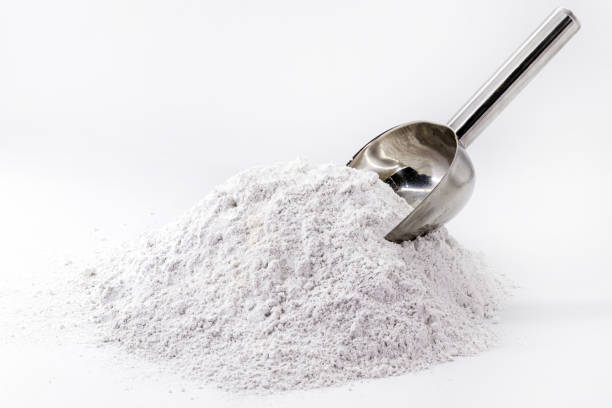Application of calcium hydroxide in food industry

Calcium hydroxide, also known as slaked lime or quicklime, is made by calcining and digesting raw materials such as limestone or oyster shells containing limestone. It is generally in powder form and is widely used in food, medicine, chemical industry, drinking water treatment and other fields.
Since the solubility of calcium hydroxide is much smaller than that of sodium hydroxide and potassium hydroxide, the corrosiveness and alkalinity of its solution are relatively small. Therefore, it can be used as an acidity regulator in food to play a role in buffering, neutralization, and solidification. Food-grade calcium hydroxide has a relatively high activity, a relatively loose structure, high purity, good whiteness, low impurity content, and does not contain harmful elements such as Pb and As.
1. Calcium preparations
There are nearly 200 calcium preparations on the market, including calcium carbonate, calcium citrate, calcium lactate, and calcium gluconate. Calcium hydroxide is widely used as a raw material in the calcium preparation production industry. Among them, calcium gluconate is common. In my country, it is currently produced by fermentation.
2. Milk powder
Calcium hydroxide can be used as an acidity regulator in milk powder (including sweetened milk powder) and cream milk powder and its modulated products, and infant formula. The amount used is appropriate according to production needs.
Because milk powder, especially infant formula milk powder or food, contains a certain amount of different types of proteins, due to the presence of ionized side chains on the surface of proteins, proteins carry a net charge, and these side chains can be titrated.
3. Rice tofu and ice jelly
Use soaked rice, add water, grind into rice slurry, add slaked lime water and stir evenly, heat, and stir until the rice slurry is cooked and thick. Pour the boiled rice slurry into a mold, and after it is completely cooled, you can cut it into small pieces with a knife, and the rice tofu is ready. Among them, slaked lime acts as a coagulant and also provides calcium. Slaked lime also needs to be added during the production of ice jelly, which also acts as a coagulant.
4. Preserved eggs
Slaked lime, soda ash and wood ash are used as raw materials to make a slurry and wrap it on the surface of the egg. After a period of time, it becomes a preserved egg that can be eaten directly through chemical reactions. When protein encounters a strong alkali, it gradually turns into clear water. If the alkaline solution continues to enter the egg through the semipermeable membrane, the alkalinity continues to increase, and the alkaline protein molecules begin to polymerize and the viscosity gradually increases, turning into a gel to form a preserved egg. If the alkali is excessive, it will be detrimental to the quality of the preserved egg.
5. Konjac food
The production and use of konjac gel food by the Chinese people has a history of 2,000 years. The production method is to add 30-50 times the amount of water to konjac flour, stir it into a paste, add 5%-7% calcium hydroxide to konjac flour, mix and solidify it.
6. Sugar production
In the process of sugar production, calcium hydroxide is used to neutralize the acid in the syrup, and then carbon dioxide is introduced to make the remaining calcium hydroxide precipitate and filter out, so as to reduce the sour taste of sugar. It can also combine with sucrose to form sucrose salt, so it can be used for molasses desugaring or sugar refining.
7. Others
Calcium hydroxide can be used as a buffer, neutralizer, and curing agent for beer, cheese, and cocoa products. Due to its pH adjustment and coagulation effects, it can also be used in the synthesis of medicines and food additives, the synthesis of high-tech biomaterials HA, the synthesis of VC phosphates for feed additives, and the synthesis of calcium cyclohexaneate, calcium lactate, calcium citrate, additives for the sugar industry, water treatment, and other high-end organic chemicals. It is helpful for the preparation of acidity regulators and calcium sources such as edible meat semi-finished products, beverage products, and medical enemas.
The calcium hydroxide industry developed early, and its annual output can reach more than 10 million tons. It is mainly produced in the UK, the US, and Germany, and Japan and South Korea mainly produce high purity and high whiteness.
